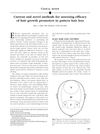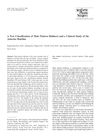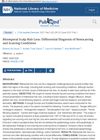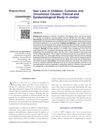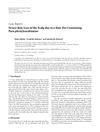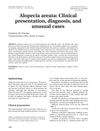A New Classification of Pattern Hair Loss That Is Universal for Men and Women: Basic and Specific (BASP) Classification
May 2007
in “
Journal of The American Academy of Dermatology
”
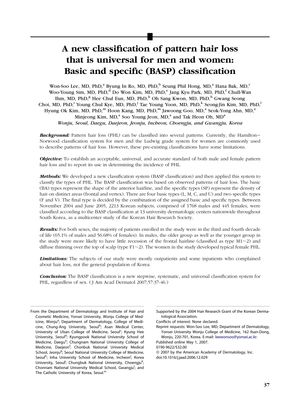
TLDR The BASP classification is a detailed and accurate way to categorize hair loss in both men and women.
The document introduced the Basic and Specific (BASP) classification, a new system for classifying pattern hair loss (PHL) in both men and women. The study involved 2,213 Korean subjects (1,768 males and 445 females) and categorized hair loss into four basic types based on the anterior hairline shape (L, M, C, U) and two specific types based on hair density in the frontal (F) and vertex (V) areas. The study found that the BASP classification had high accuracy rates (96% for basic types, 94% for specific types, and 83% for final types) and was easy to use, with general physicians reaching about 80% accordance with dermatologists after brief training. The most common basic type in men was M, and in women, it was L, with specific type F observed in 70.6% of female subjects. The BASP classification is detailed and accurate, but the study was limited to patients seeking hair loss treatment, not the general population. Future research could apply the BASP system to assess PHL incidence and progression in a broader demographic.

